Natural disasters can strike without warning, leaving devastation in their wake. From hurricanes to earthquakes, these events disrupt lives and sever communication lines, making it crucial to have reliable tools to stay connected. Emergency communication devices, such as walkie-talkies or handheld radios, play a vital role in ensuring safety, coordinating responses, and fostering recovery efforts.
Here’s how these tools become indispensable during and after a natural disaster.
During the Storm: Staying Connected When It Matters Most
When a disaster strikes, traditional communication networks like cell towers and internet services are often the first to fail. This is where emergency communication devices shine, offering a lifeline when other systems are down.
1. Immediate Safety Updates
• Emergency radios, like the Talkpod A36Plus, equipped with NOAA weather alerts, provide real-time updates on storm movements, evacuation notices, and safety instructions. Families can monitor critical changes without relying on power-hungry smartphones.
• Example: A family sheltering during a hurricane uses their device to hear when floodwaters are expected to peak.
2. Reliable Coordination
• Handheld radios allow neighbors, rescue teams, and community members to coordinate efforts. Whether it’s checking in on elderly neighbors or guiding first responders to the right location, clear communication saves lives.
• Example: A neighbor uses their device to alert rescue teams about a trapped individual after a tornado.
3. Maintaining Family Connections
• Even within a household, communication devices are helpful for staying connected in separate parts of a home or shelter. This is especially reassuring for parents with young children.
• Example: Parents and kids use walkie-talkies to stay in touch while taking cover in different parts of a storm shelter.
After the Storm: Navigating the Path to Recovery
The aftermath of a natural disaster often brings confusion and challenges. Emergency communication devices continue to play a vital role as families and communities begin to rebuild.
1. Assessing the Damage
• In areas with widespread damage, walkie-talkies enable individuals to communicate while surveying properties or checking on loved ones.
• Example: A homeowner uses their device to stay connected with their spouse while inspecting damage to their property.
2. Coordinating Recovery Efforts
• Local organizations and volunteer groups rely on communication tools to direct resources, allocate manpower, and coordinate relief distributions.
• Example: A community team organizes food and water delivery using handheld radios to streamline logistics.
3. Rebuilding Connections
• Rebuilding efforts often involve multiple teams, from construction workers to utility companies. Emergency communication devices provide a dependable way to collaborate and speed up recovery.
• Example: Workers use radios to communicate across a construction site, ensuring repairs are done safely and efficiently.
Why Emergency Communication Devices Are Essential
Natural disasters remind us of the importance of preparedness and resilience. Emergency communication devices bring several advantages:
• Independence from Cell Networks: Unlike cell phones, walkie-talkies and handheld radios function without reliance on external networks, making them reliable in any situation.
• Durability and Portability: Designed for rugged conditions, these devices withstand extreme environments, ensuring functionality even in harsh weather.
• Ease of Use: Simple operation makes them accessible for all ages, from children to the elderly.
• Affordability: Compared to satellite phones or other advanced systems, handheld radios are a cost-effective solution.
Practical Tips for Disaster Preparedness
1. Invest in Quality Devices: Choose a reliable device with features like NOAA alerts, long battery life, and a sturdy build.
2. Test Your Equipment: Familiarize yourself with how the device works before a disaster strikes.
3. Create a Communication Plan: Assign channels for family or community members and ensure everyone knows how to use the device.
4. Keep Extra Batteries: Always have a backup power source for extended use during emergencies.
Conclusion: The Power of Preparedness
When facing the unpredictable, the right tools make all the difference. Emergency communication devices empower individuals and communities to navigate through natural disasters with resilience and clarity. Whether it’s guiding loved ones to safety, coordinating relief efforts, or rebuilding after the storm, these tools prove their worth time and again.
Equip yourself today, and take the first step toward safeguarding your future. Together, we can weather any storm.


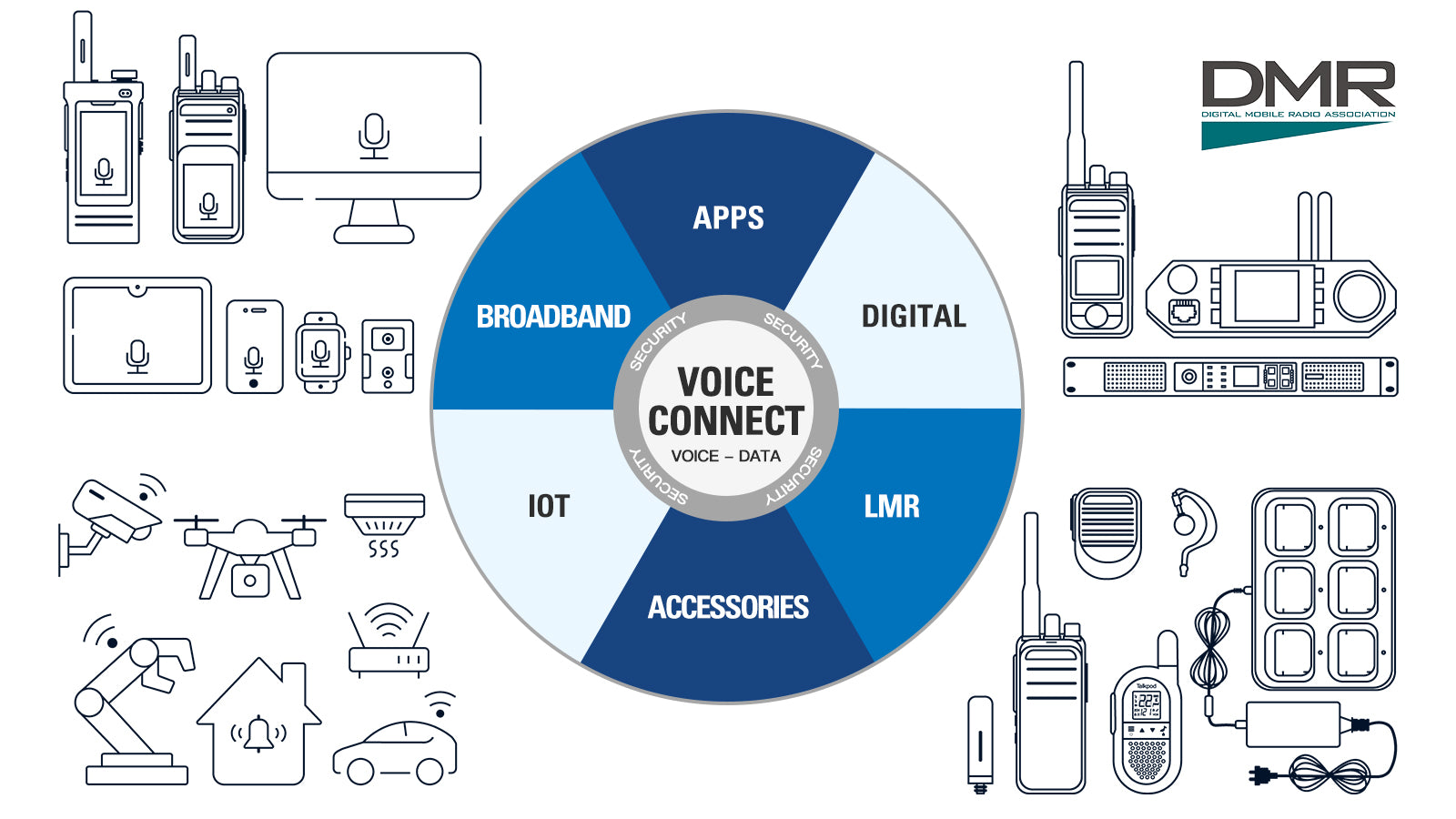
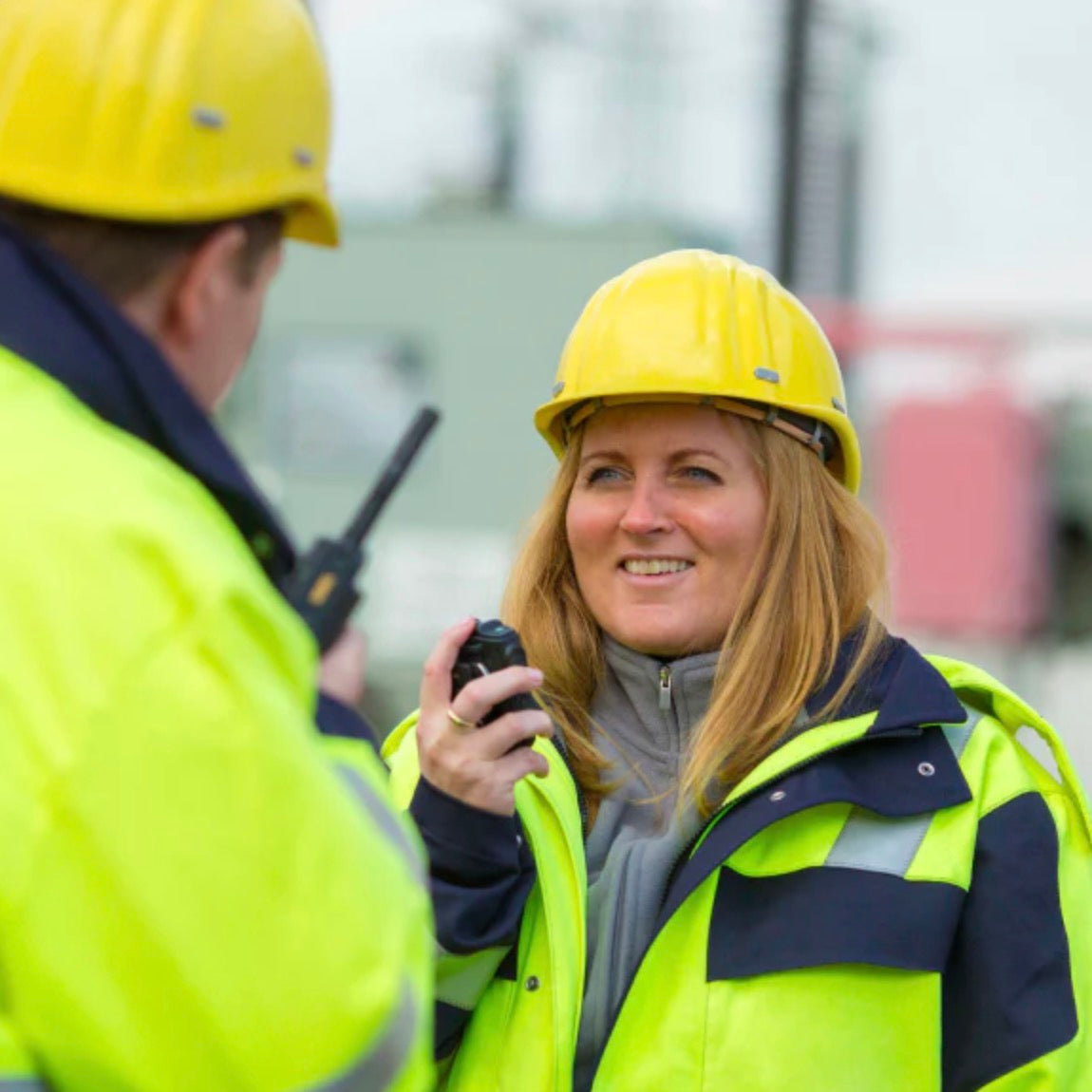

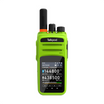
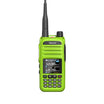
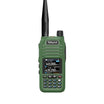
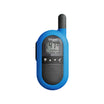
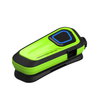
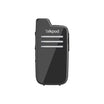
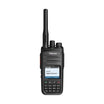
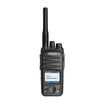
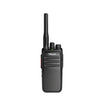
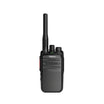
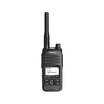
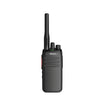
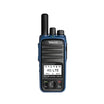
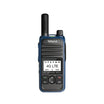
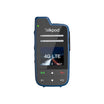
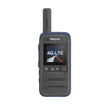
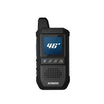
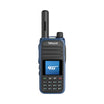
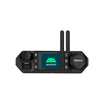
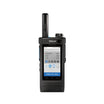
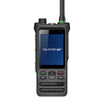

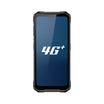
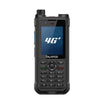
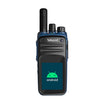
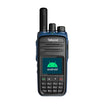
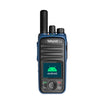
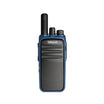
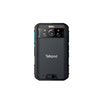
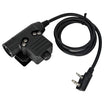
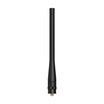
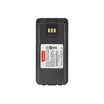
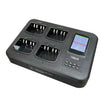
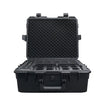


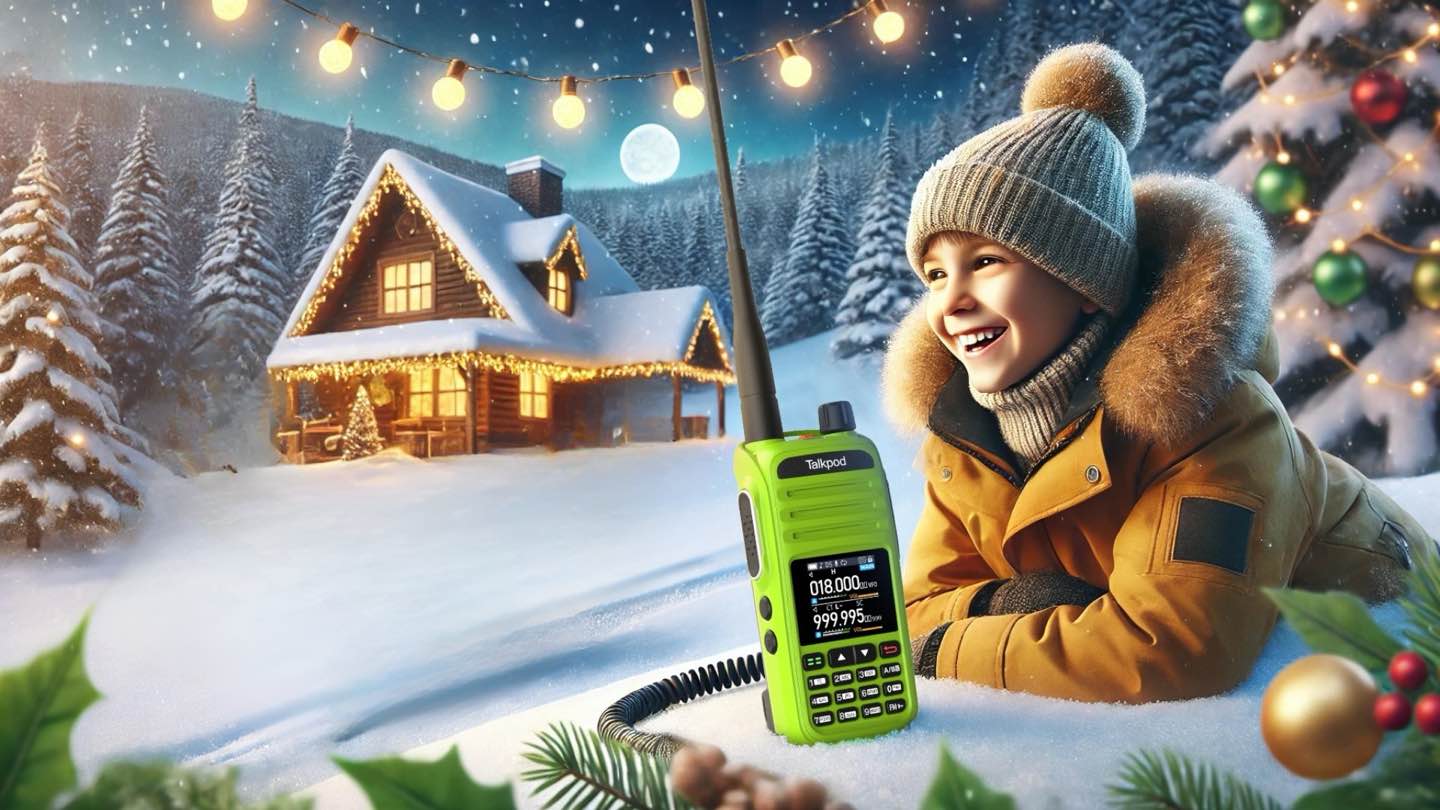
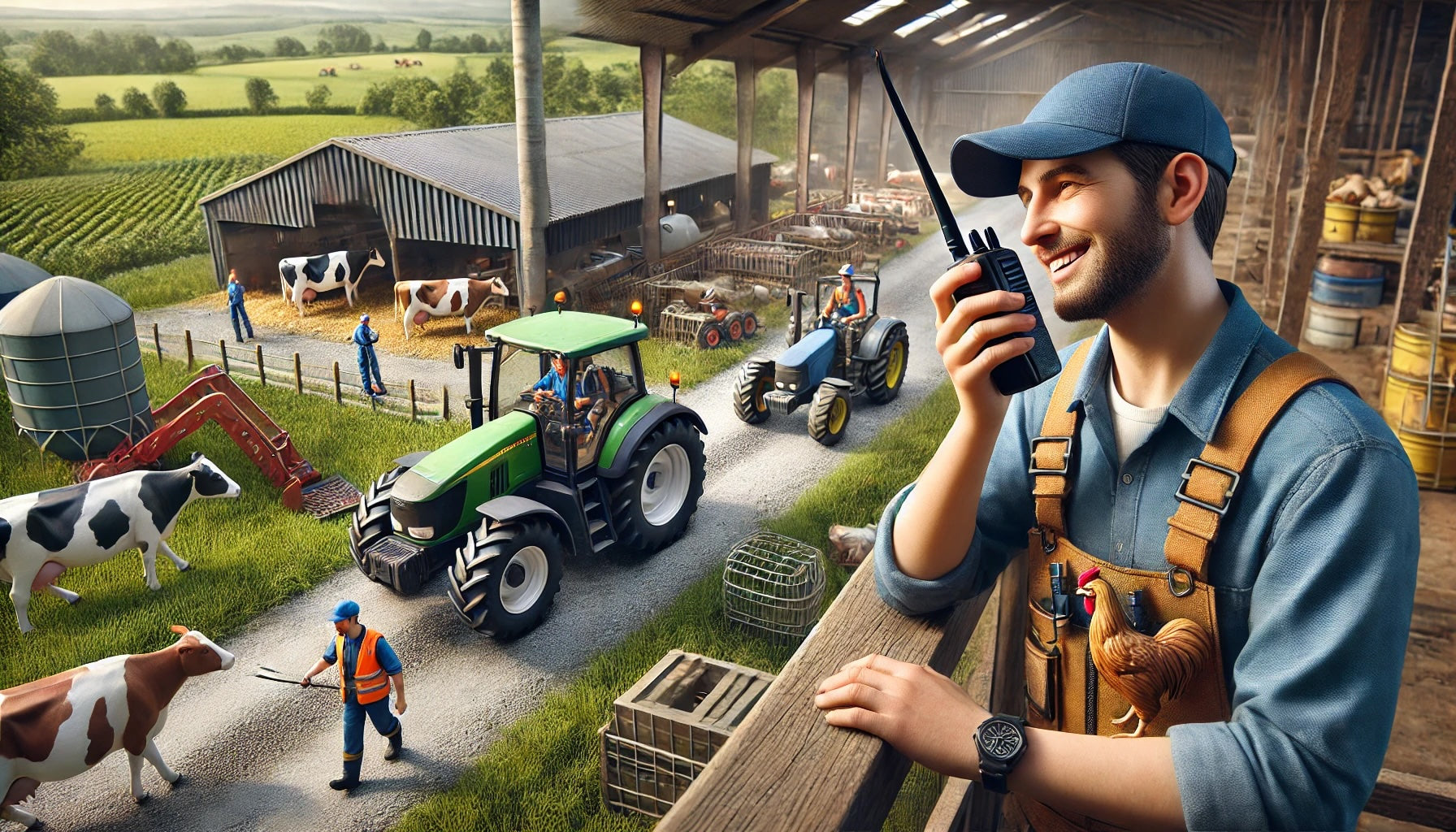
Leave a comment
All comments are moderated before being published.
This site is protected by hCaptcha and the hCaptcha Privacy Policy and Terms of Service apply.